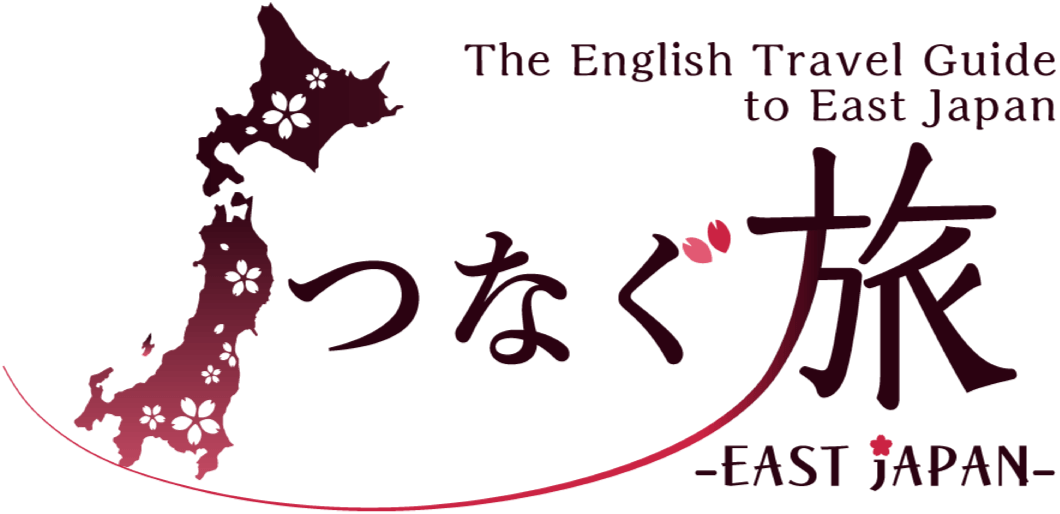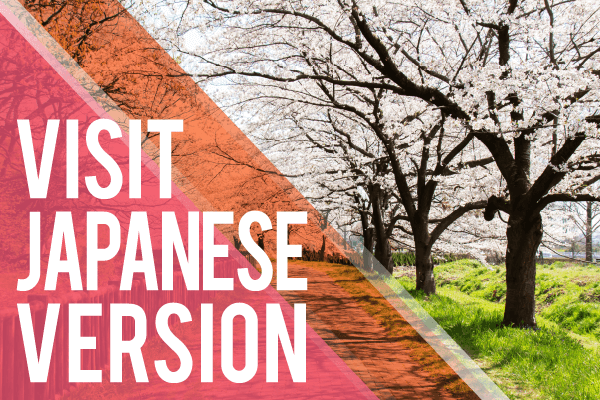- nasushiobara
- sanjo
- fukui
Visit the National Treasure Clay Figure and the Michelangelo sculptures in Echigo! Explore the traditional townscape and historic highways! Embark on a Journey to visit must-see treasures
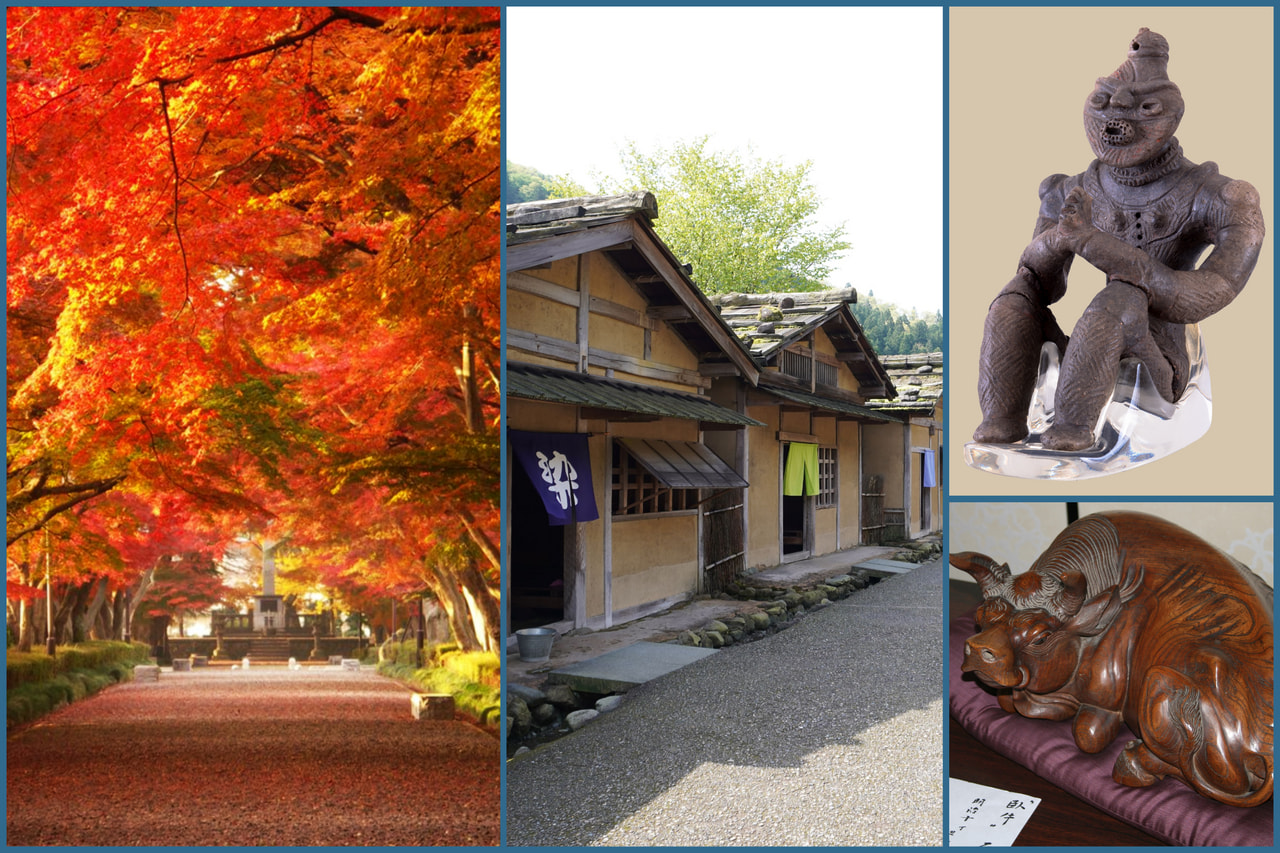
Autumn is the perfect season for appetite, Art, and a journey. Why not immerse yourself in the historical world by visiting ancient clay figures, sculptures, ruins, traditional townscapes, and tunnels of old Maple trees with stunning autumn foliage? Although they belong to different eras, each of these treasures is exceptionally well-preserved, allowing us to experience the history that has been passed down from generations to generations.

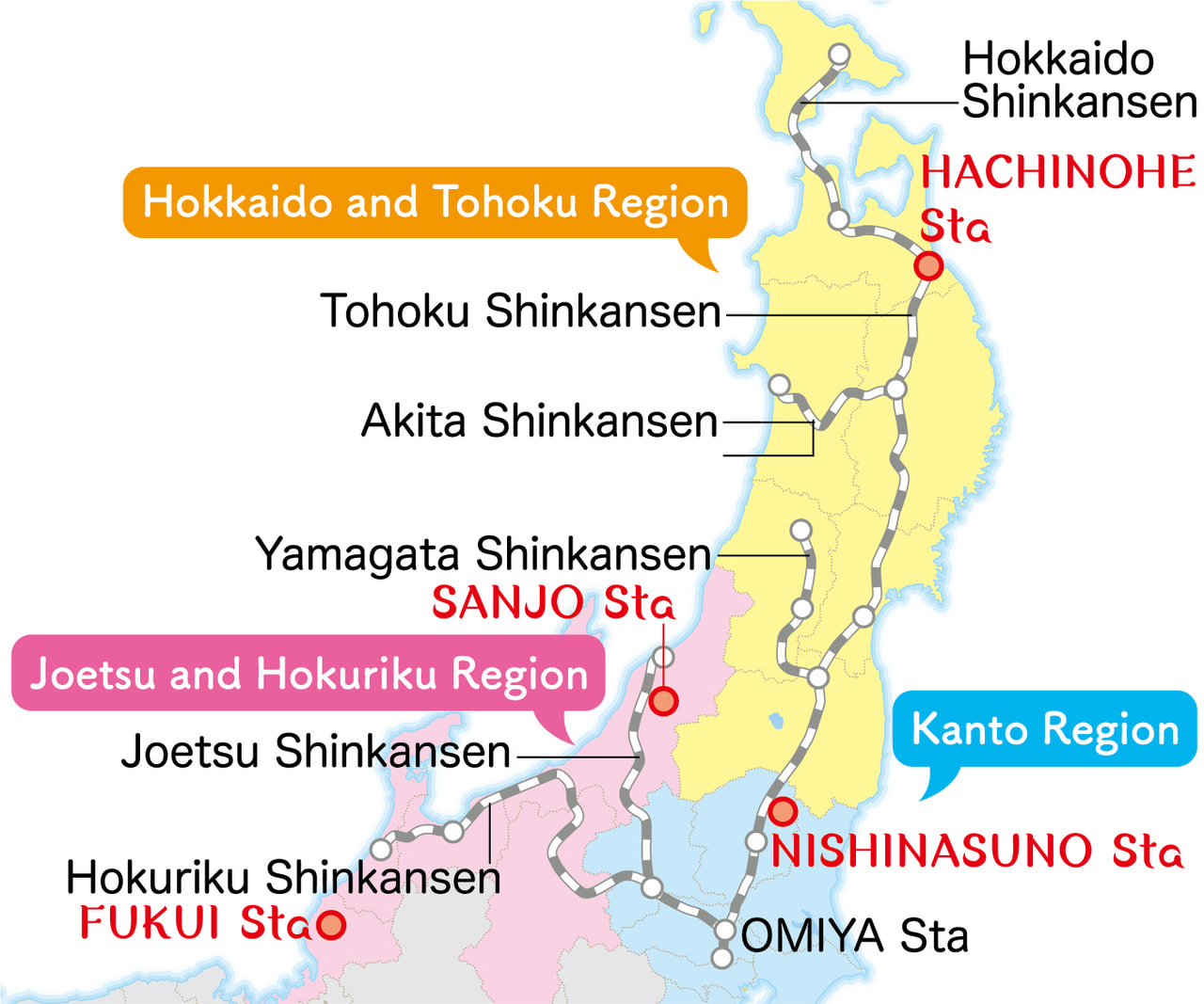
This trip starts from Hachinohe Station. We will take the Tohoku Shinkansen south, transfer at Sendai Station, then head to Nishinasuno Station on the local line. From there, we will take the Shinkansen from Nasushiobara Station to Omiya Station, then transfer to the Joetsu Shinkansen to Nagaoka Station, followed by the local line to Sanjo Station. To get to Fukui Station, we will take the Shinkansen to Kanazawa Station and then take a limited express train. Since traveling by car is faster from Nishinasuno to Sanjo and Fukui, we recommend changing transportation methods while checking transportation information.
“Korekawa Jomon Museum”
A National Treasure “Gassho clay figure" and numerous excavated artifacts show the high craftsmanship of the Jomon period
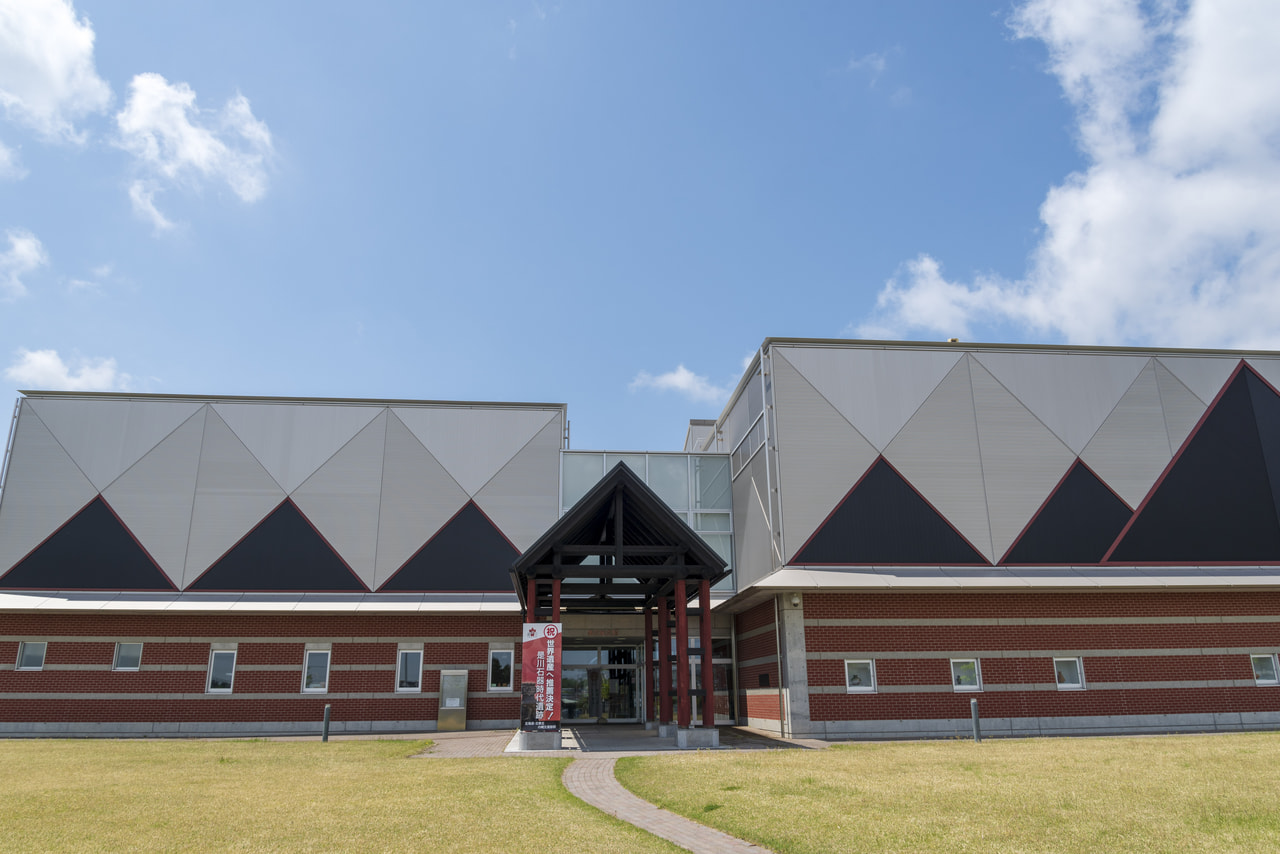
There are several significant archaeological sites in Hachinohe City, including the Korekawa Site, which is a World Heritage “Jomon Prehistoric Site in Northern Japan” known for its brilliant lacquerware and elaborate Jomon period pottery. Another site of note is the Kazabari 1 Site, where the National Treasure "Gassho clay figure" was discovered. The highly artistic lacquerware and clay figures displayed at the Korekawa Jomon Museum (pictured) in the Hachinohe City Cultural Heritage Center convey the rich culture that flourished among the people of that time, who lived by hunting, gathering, and fishing. In addition, the “Ne Castle” built in 1334 (Kemmu 1), is a flatland castle consisting of eight sections, including the Honmaru. For about 300 years until it was transferred to Tono in 1627 (Kanei 4), it prospered as the center of the Hachinohe region. Currently, the castle has been restored with buildings from the Azuchi-Momoyama period and has been selected as one of Japan's Top 100 Castles.
DATA
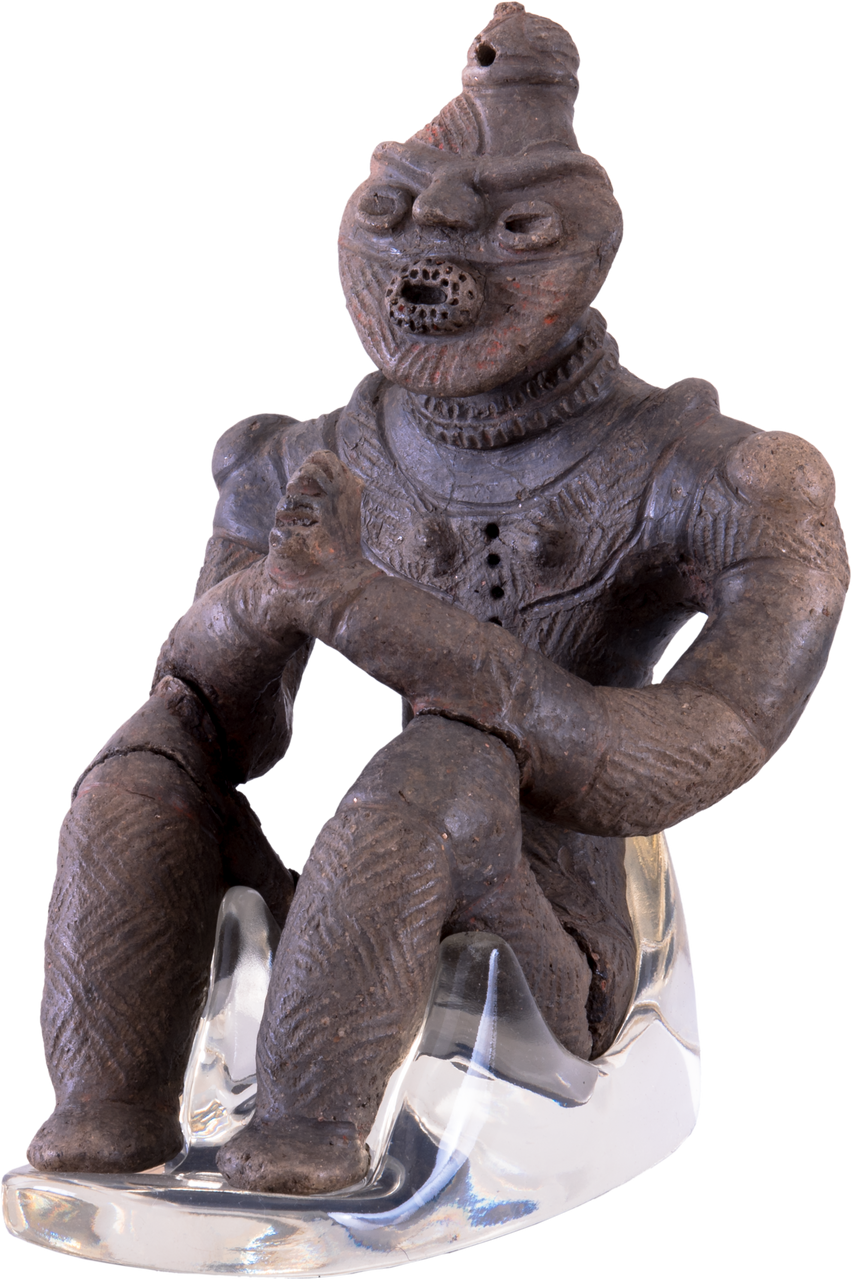
“Oyama Sando” in Nasushiobara City
Busy spot during the autumn foliage season. Line of 100-year-old maple trees to Oyama Iwao gravesite
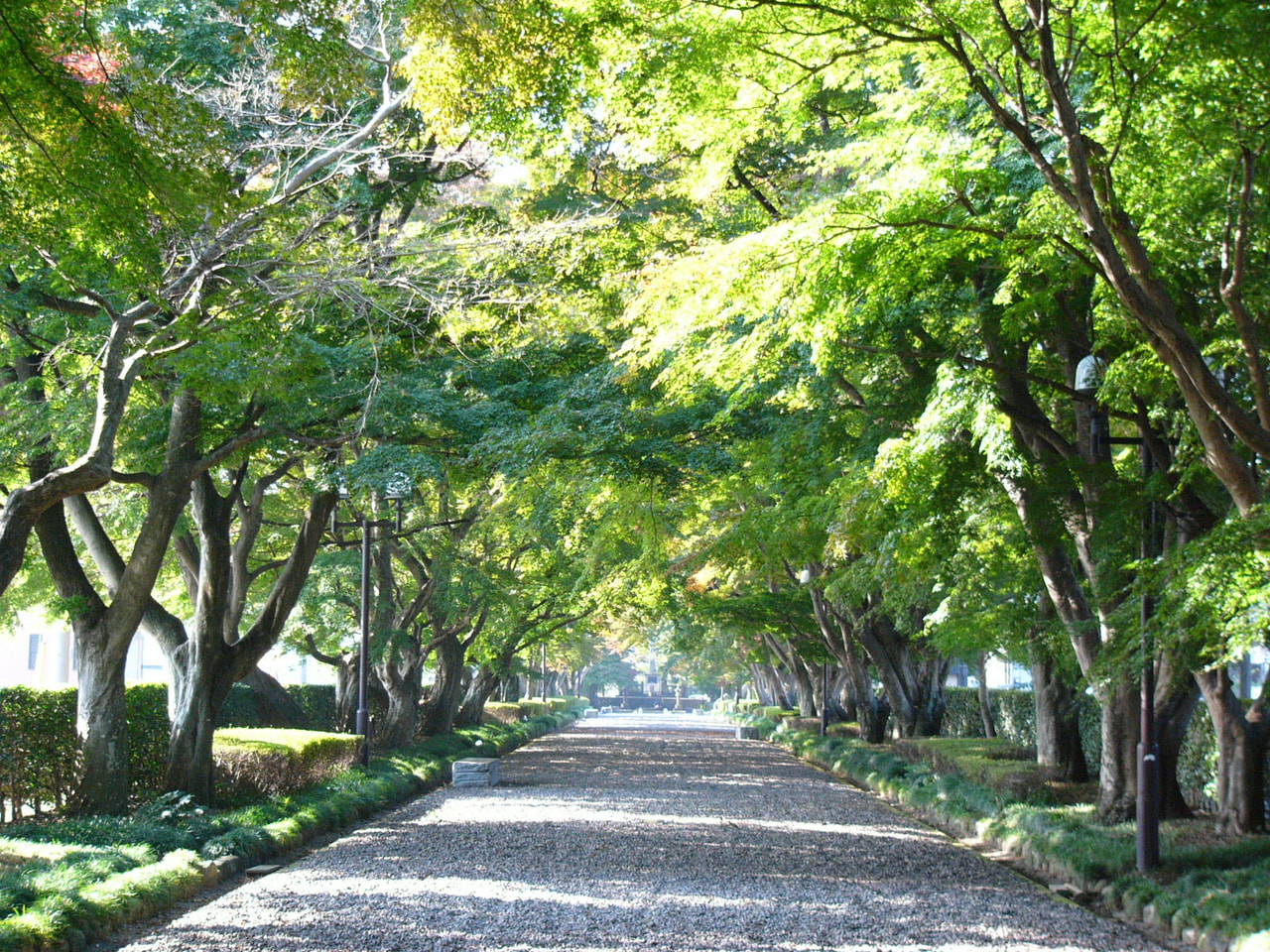
Nasushiobara is a place with over 1200 years of history and many hot springs "Shiobara Onsen" and the therapeutic hot spring "Itamuro Onsen," which has been counted as one of the Nasu Seven Hot Springs since ancient times. After the Nasu Aqueduct was developed during the Meiji period, nobles and aristocrats pushed for development, leading to rapid growth in the area. "Historic Limestone Cavern Genzankutsu" is located in the Shiobara Onsen area in the northern mountainous region of Tochigi Prefecture. Inside the cave formed by volcanic activity, there is a waterfall and the "Genji's Hidden Cave" where Genji exiles hid from Minamoto no Yoritomo. It’s a popular spot. It is also a place that was loved by General Oayama Iwao, also known as Oyama Gensui, one of the founders of the Meiji Army and former Chief of Staff; his grave can be found there. The "Oyama Sando" (pictured) is a tourist destination that many people visit, especially during the autumn leaves season (mid to late November).
DATA
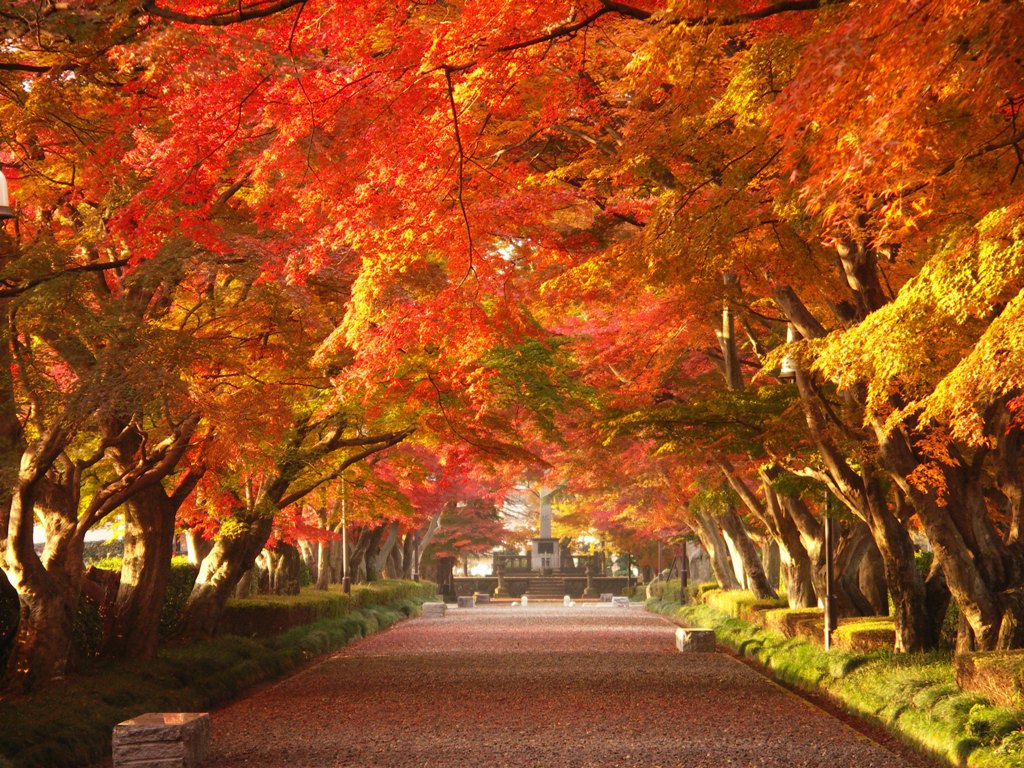
“Honjoji Temple Head Temple of the Hokke Sect” in Sanjo City
A temple linked to Ishikawa Uncho called the Michelangelo of Echigo. Meet his works and grave.
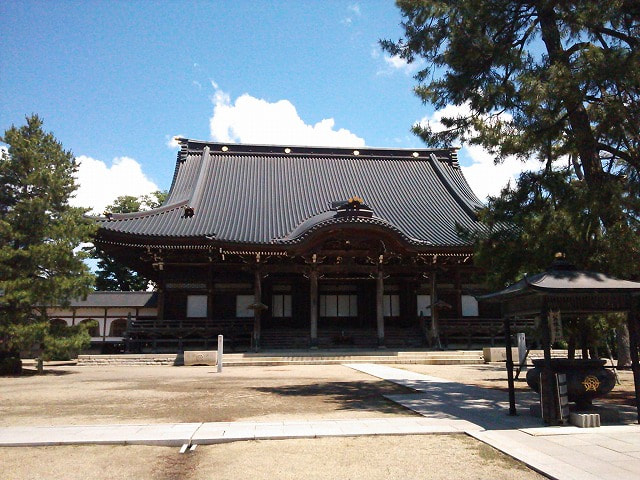
The traditional craft of Sanjo blacksmithing in Sanjo City originated in 1625 (Kanei 2), when Otani Kiyobei, who served as a magistrate for three years in Sanjo, invited nail blacksmiths from Edo to teach and encourage the production of Japanese nails as a secondary occupation for farmers suffering from river flooding. The city has since continued to inherit the tradition of craftsmanship, with facilities available for blacksmithing experiences. It is also known as the city loved by Ishikawa Uncho, who was called the "Michelangelo of Echigo". The temple where Uncho's grave is located and is the head temple of the Hokke Sect, Honjoji (pictured), still displays some of his works, attracting many fans to visit.
DATA
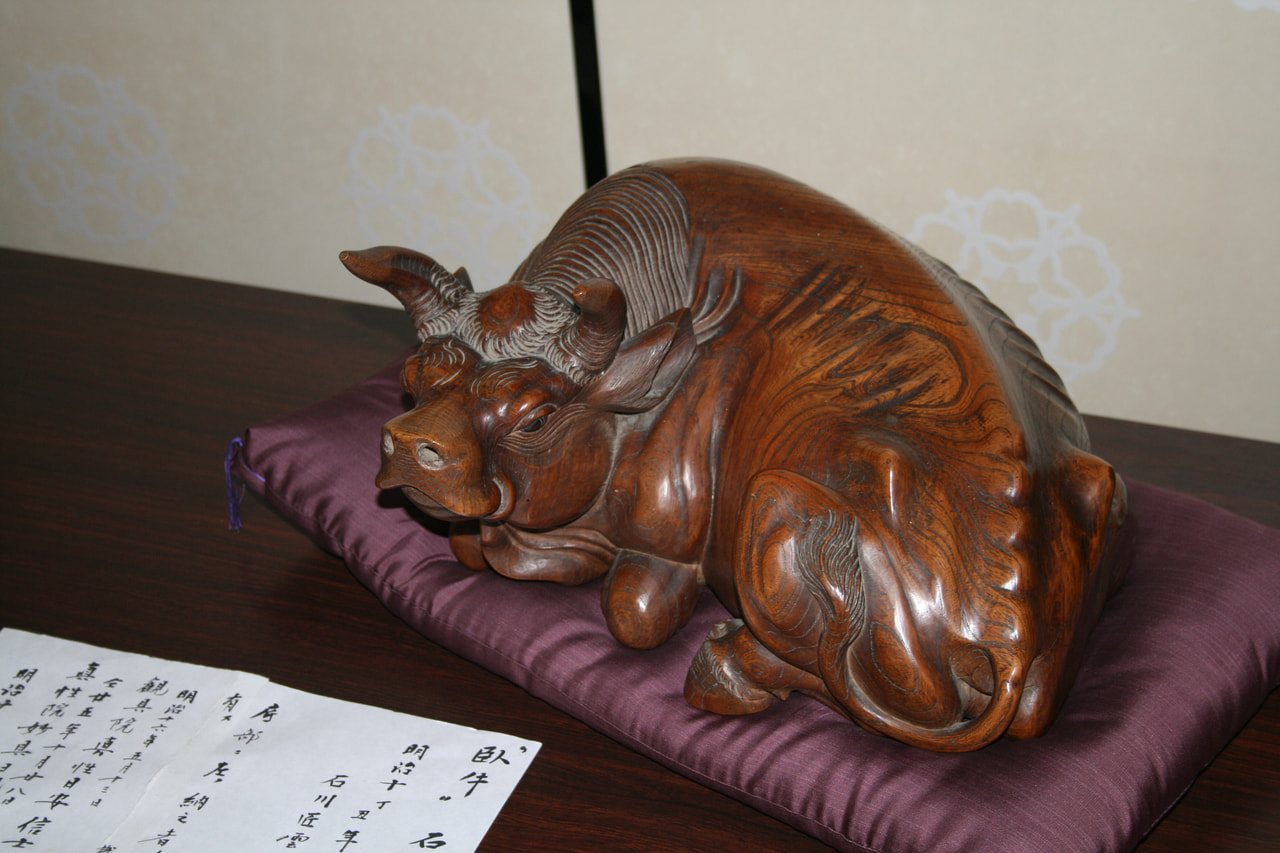
“Ichijodani Asakura Clan Ruins” in Fukui City
The special historic site designated by Mie Prefecture. You can see the almost perfect condition of the town layout including Samurai residences, and temples.
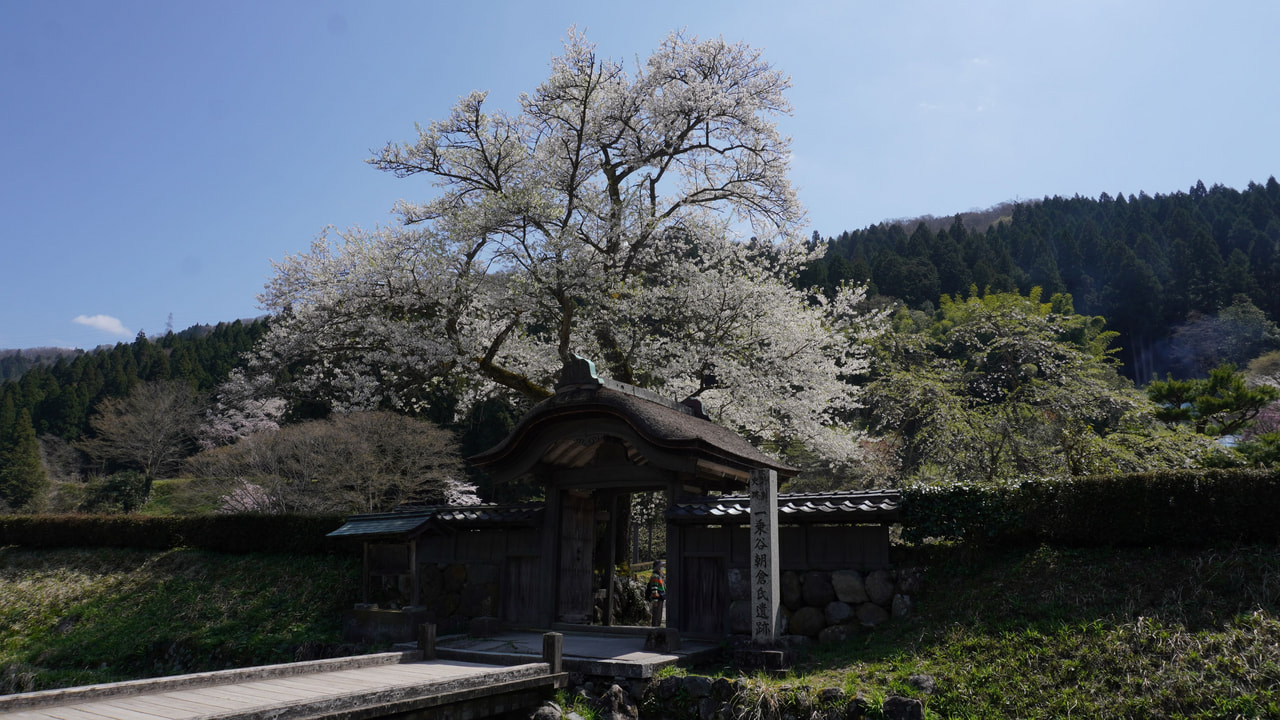
Fukui City began to take shape as a castle town during the time of the warlord Katsuhisa Shibata, starting from the era of Kitanosho Castle in the Sengoku period. By the Edo period, it had grown into a major castle town with a Kokudaka (feudal income) of 680,000 koku. After going through a period of Shinpan governance that involved changing its name from "福居" to "福井” in Kanji, the city still remains the center of the prefectural government with the Fukui Prefectural Office located on the site of Fukui Castle. During the Edo period, Fukui was one of the largest cities in Japan, and with the influence of cultured people who moved from Ichijodani after the fall of the Asakura clan, it was known for its splendid culture and events. The cultural legacy can still be seen today at the “Ichijodani Asakura Clan Ruins” (pictured).
DATA
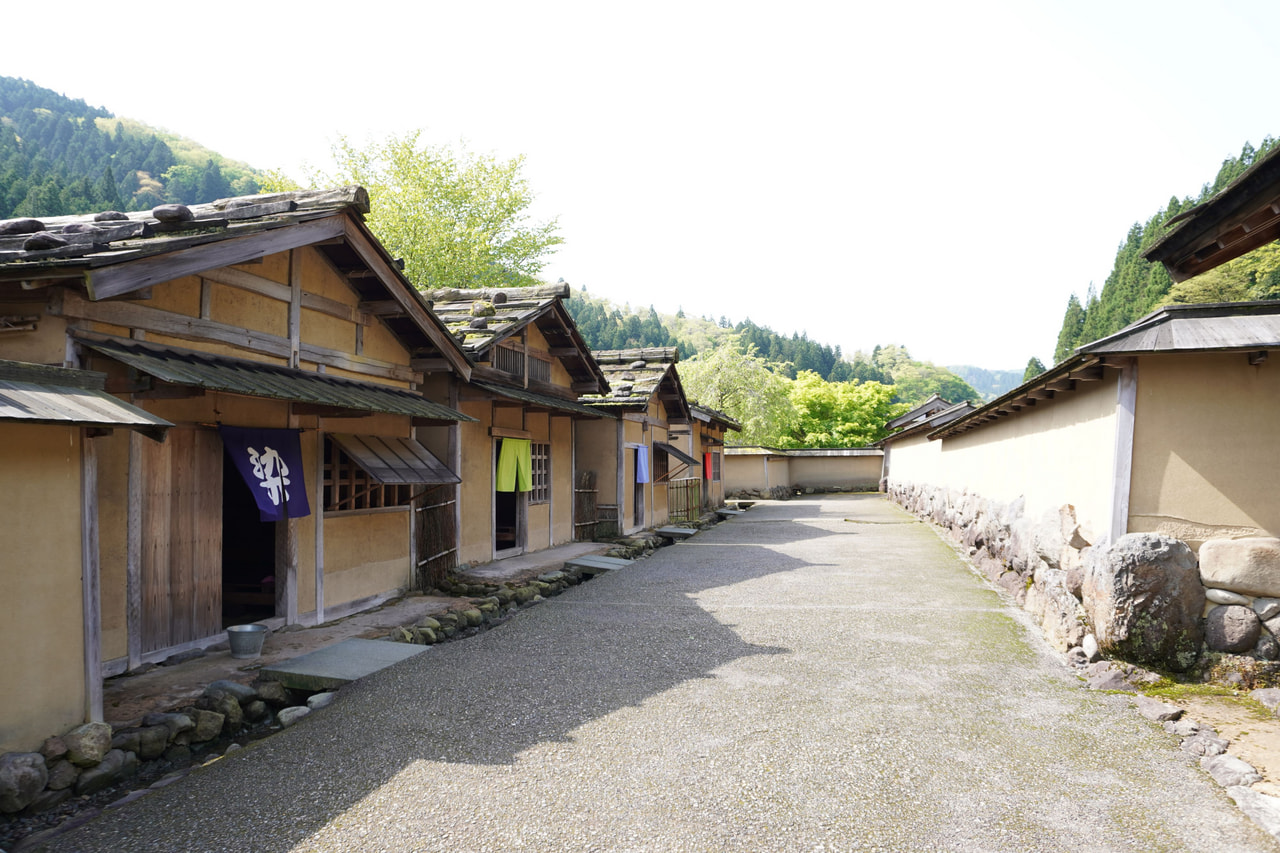
Four places where you can experience the history that has been stored carefully since a long time ago
While it's great to see works of art in textbooks and brochures, there's nothing quite like experiencing ”history” with your own eyes. By witnessing historical artifacts and structures in person, you can truly appreciate the skill and cultural richness of the people who created them.
All prices mentioned in the article include taxes. The selling price will change without prior notice.
